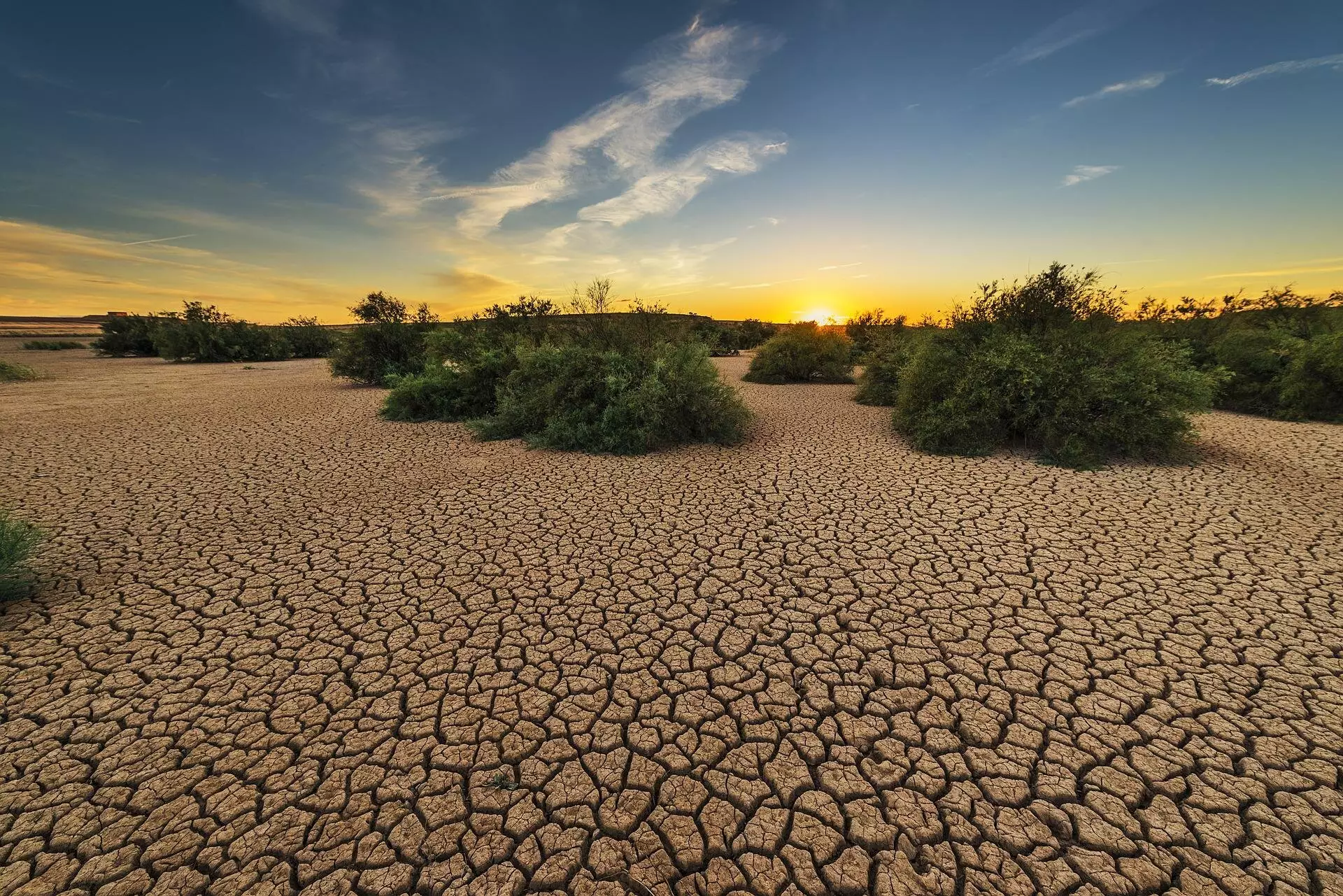In recent years, the phenomenon of flash droughts has become a critical concern for regions worldwide, notably impacting agricultural and ecological systems. Unlike traditional droughts, which unfold over extended periods, flash droughts can materialize in mere days or weeks, posing immediate and severe threats to water resources and soil moisture levels. Researchers—including Dr. Ashok Mishra at Texas A&M University—have began investigating the factors contributing to the development of these rapid drought conditions, with significant implications for areas prone to climate variability, such as Texas.
The Threat to Agriculture and Economy
Texas, well known for its agriculture and energy sectors, has already felt the repercussions of flash droughts. As the economy heavily depends on these industries, disruptions from insufficient rainfall can have cascading effects that threaten food security and livelihoods for farmers. A shortfall in water availability translates not only into diminished crop yields, but also places immense pressure on ecosystem services that rely on balanced climate conditions. The rapid onset of flash droughts can dismantle the careful planning and forecasting that farmers depend upon, rendering them vulnerable to climate-related uncertainties.
Understanding Underlying Factors
The research spearheaded by Dr. Mishra and his team has shed light on crucial aspects of flash droughts, including their speed of onset, intensity, and duration. They assessed the influence of atmospheric circulation patterns and human-induced climate changes on the behavior of these drought events, leading to a troubling prediction: flash droughts are likely to escalate due to the exacerbating effects of climate change. This poses a serious concern for various sectors—especially agriculture, where every drop of moisture is vital for sustaining crop development.
The Urgent Need for Action and Collaboration
To effectively address the challenges presented by flash droughts, it is imperative for policymakers to understand their potential impacts. As these events become more frequent and severe, there is an urgent need for the development of robust forecasting tools that can offer precise quantifications of drought conditions. Stakeholders from diverse fields—including agriculture, water management, and environmental policy—must collaborate to create preventative infrastructures that can mitigate the adverse effects of such unpredictable weather patterns.
International Cooperation and Research Collaboration
The complexity of flash droughts necessitates a multi-disciplinary approach. The collaborative research effort involving Texas A&M University, the United States Department of Agriculture, and research institutions from various Asian countries—such as China, India, and Pakistan—demonstrates the importance of combining expertise across borders. This international collaboration seeks not only to enhance our understanding of flash droughts but also to cultivate practical strategies for adaptation and resilience.
By pooling resources and knowledge, we can find effective approaches to manage flash drought incidents and safeguard the critical sectors at risk. Every step taken today to comprehend and combat these sudden environmental crises could help us shield the future of agriculture, water supplies, and economic stability—ensuring a more sustainable interconnection between humanity and the changing climate.

